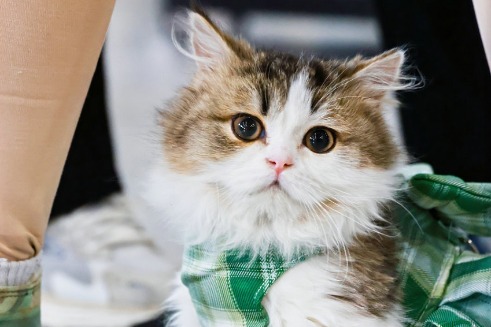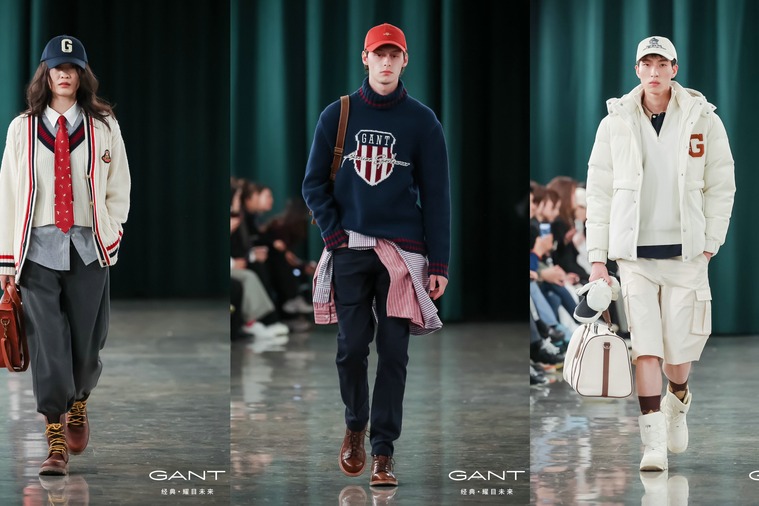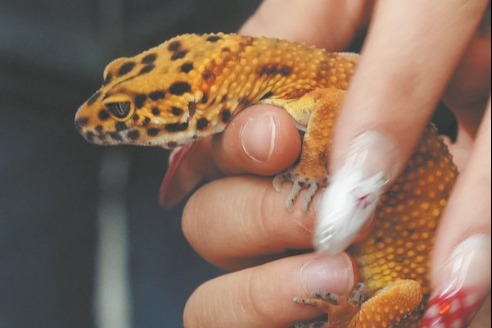Saving oceans with robot innovation
Teenagers from around the world design robots to restore marine ecosystems and promote global collaboration.


High schoolers from around the world recently proved that robotics isn't just about building machines — it's about tackling real-world challenges, one robot at a time.
The 2025 FIRST Robotics Competition (FRC) Shanghai Regional, held at East China Normal University from March 14 to 17, brought together nearly 1,000 high school students from 43 teams representing multiple countries and regions, including China, the United States, and Australia.
This year's theme, "Reefscape", challenged students to design and program robots to restore marine ecosystems. Tasks included transplanting artificial corals made from rigid hollow tubes and collecting simulated algae, testing both technical skills and environmental awareness.
Among the competitors, two standout teams from Shanghai emerged victorious. Team 6941, "IronPulse "from Shanghai Pinghe School, and team 6940, "Violet Z" from the Minhang Zizhu Branch of the No 2 High School affiliated with East China Normal University, claimed first and third place, respectively. Both teams will advance to the world championship in Houston, Texas, later this month.
As the world's highest-level youth robotics competition, FRC demands a high degree of technological proficiency, which, according to Mei Kai, the 17-year-old captain of Iron-Pulse, is only possible through strong teamwork.
"Everyone has a role to play — whether it's the driver, coach, technician, data analyst, or coder — and it's through collaboration that things get done right," he said.
Song Jinyang, coach of Violet Z, believes that this level of close cooperation among students helps to enhance their ability to solve complex problems.
"For example, if a component isn't working, it could be an issue with the structure, circuitry, or the code. It's a collective effort between the engineering and programming personnel to troubleshoot and resolve the issue step by step," she said.
This collaborative spirit has shaped the legacy of Violet Z. Lin Chenyu, a 19-year-old student at East China University of Science and Technology and technical instructor for Violet Z, explained how the team's success is built on past achievements.
He noted that the team's advanced vision-based full-field positioning system — which ensures the robot moves accurately and swiftly during the autonomous phase of the competition — took two and a half years to develop.
"What began as something inaccurate and slow is now highly efficient," he said. "The ability to write such excellent code is not only the result of time and effort we've invested, but also because we started with high standards, building on the work of previous team members."
Lin, who was once a member of Violet Z himself, continues to contribute his expertise despite now being in college.
"As veterans, we always encourage current members to experiment boldly because we're here to offer support and help them learn from their mistakes," he said.
This spirit of collaboration goes far beyond teammates, transcending nationalities to foster a global community.
For example, Violet Z took the initiative to share their autonomous code with participants from around the world, offering advice on programming and structural design.
"Competing against strong teams isn't about rivalry; true progress comes from mutual learning," said Jin Shifei, mentor of IronPulse. "When faced with strong competitors, we all improve together."
Jin introduced the concept of "gracious professionalism", which emphasizes helping competitors in need.
"If your opponent is missing a part and you happen to have it, would you lend it to them? Of course, the answer is yes — that's the true success of education," he said.




































